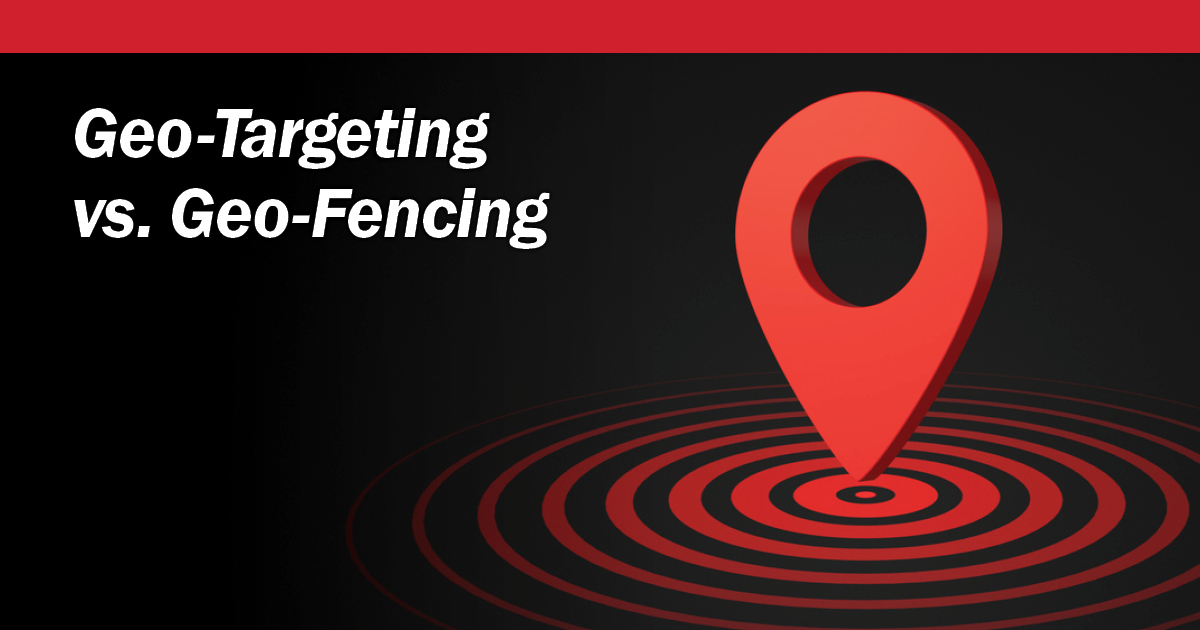
Search is Evolving: Here’s How Canadian Businesses Can Lead
For over two decades, Google has reigned supreme in the world of search. But today, cracks are forming in the tech giant’s dominance. With emerging […]

In today’s digital-dominated landscape, traditional advertising mediums might appear outdated, yet their relevance remains. As marketers navigate the complexities of digital marketing, the synergy between traditional and online strategies emerges as a potent force for reaching diverse audiences. This article discusses the significance of traditional media in 2024 and provides insights into integrating it seamlessly with digital approaches.
Before we explore the strengths of traditional media, let’s consider an essential aspect: trust. In a time of widespread online misinformation, traditional media stands as a beacon of credibility. Recent data from Statista Canada confirms what many would expect: Canadians consider traditional media as more trustworthy than online media. This doesn’t mean one is better than the other (you can reach more people, with greater targeting online). However, it does mean that you shouldn’t neglect either traditional marketing, or online marketing.
(Data source: Statista Canada, Amy Watson, May 2, 2024)
Traditional media platforms such as television, radio, print, and outdoor advertising offer unique advantages. TV commercials, for instance, capture captive audiences during prime viewing experiences, fostering widespread brand recognition. Radio ads provide cost-effective targeting based on audience demographics, while print media resonates deeply with specific age groups, particularly older demographics. Outdoor advertising ensures high visibility in densely populated areas, reinforcing brand messaging effectively.
Traditional media is actively sourcing new products that interact with digital platforms. An example of this is digital radio which offers placement on both traditional and digital consumer platforms. With the increase of video streaming many broadcasters offer both traditional and digital placements for their clients. Even the use of QR codes on billboards or print can interact with website performance and funnel marketing strategies.
Successful marketers remain adaptable, tailoring strategies to changing consumer behaviors. Understanding audience preferences and media consumption habits is paramount in determining the optimal mix of traditional and digital channels. Traditional media, with its capacity to forge emotional connections, continues to be instrumental in achieving marketing objectives.
While the digital realm dominates, traditional media’s role remains resilient. Understanding where your customers are will help you choose the best platforms to integrate traditional channels into a multi-faceted strategy. Whether it’s leveraging TV for broad awareness, radio for targeted messaging, or print and outdoor ads for reinforcing brand identity, traditional media complements digital efforts, ensuring success in 2024 and beyond.
By: Jordena Kraut


For over two decades, Google has reigned supreme in the world of search. But today, cracks are forming in the tech giant’s dominance. With emerging […]

In the ever-evolving world of search engines and digital marketing, MSN has always held a certain place in the hearts of users who have relied […]

In today’s digital marketing landscape, reaching the right audience at the right time is critical. Location-based advertising has become a powerful way to connect with […]